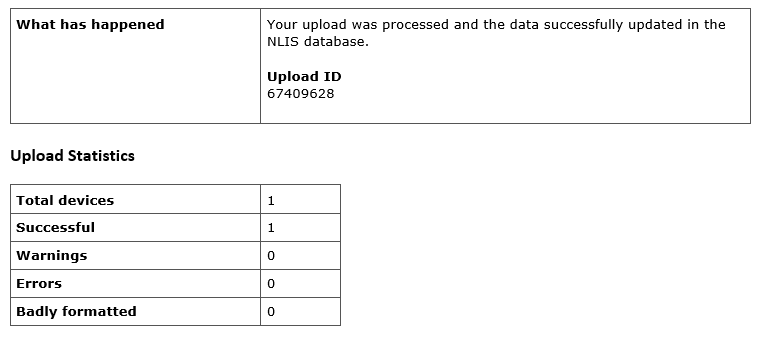Reminder to complete NLIS transfers
14 April 2021
-Min Read
- LPA-accredited producers must ensure all livestock transfers on and off their PIC are recorded on the NLIS database.
- Unless purchased through a saleyard, the buyer or receiver of livestock must complete the transfer on the NLIS database. However, the vendor/sender should still check this movement has been recorded.
- When agents or third party providers complete NLIS transfers on a producer’s behalf, it is still the responsibility of the receiver to confirm this has been completed.
- Failure to complete NLIS transfers will be recorded as a non-conformance by LPA auditors and may lead to suspension from the LPA program. Penalties may be imposed for failing to complete NLIS transfers as required by legislation in your state or territory.
Step-by-step guides are available on the ISC website to assist producers and agents to:
- complete a livestock movement on the NLIS database
- run a transaction history report to check livestock movements have been recorded in the NLIS database
- conduct a PIC reconciliation to ensure all livestock transfers have been completed correctly.
